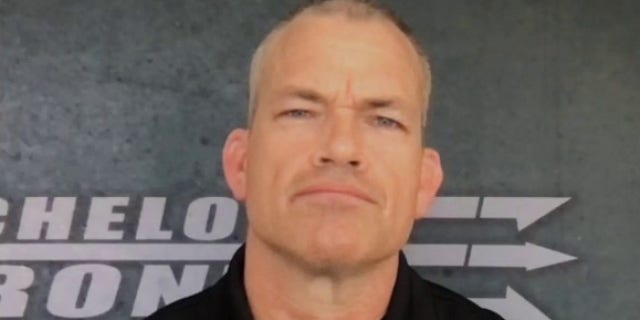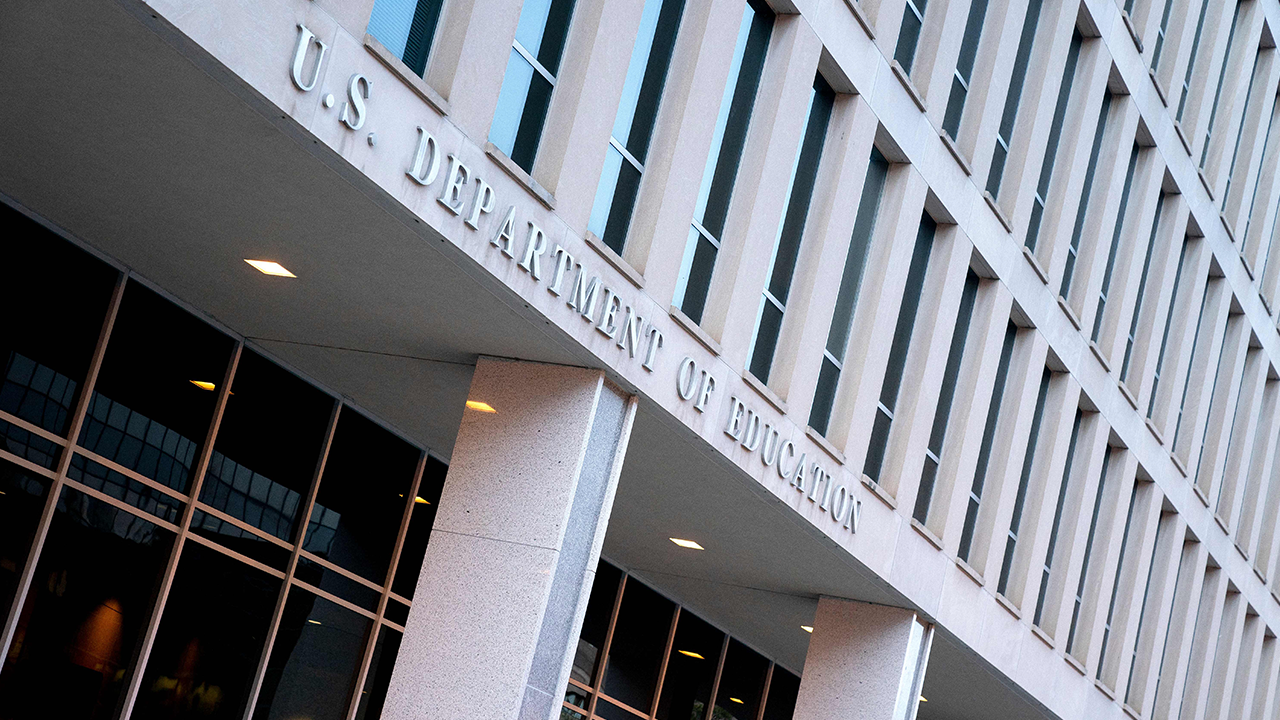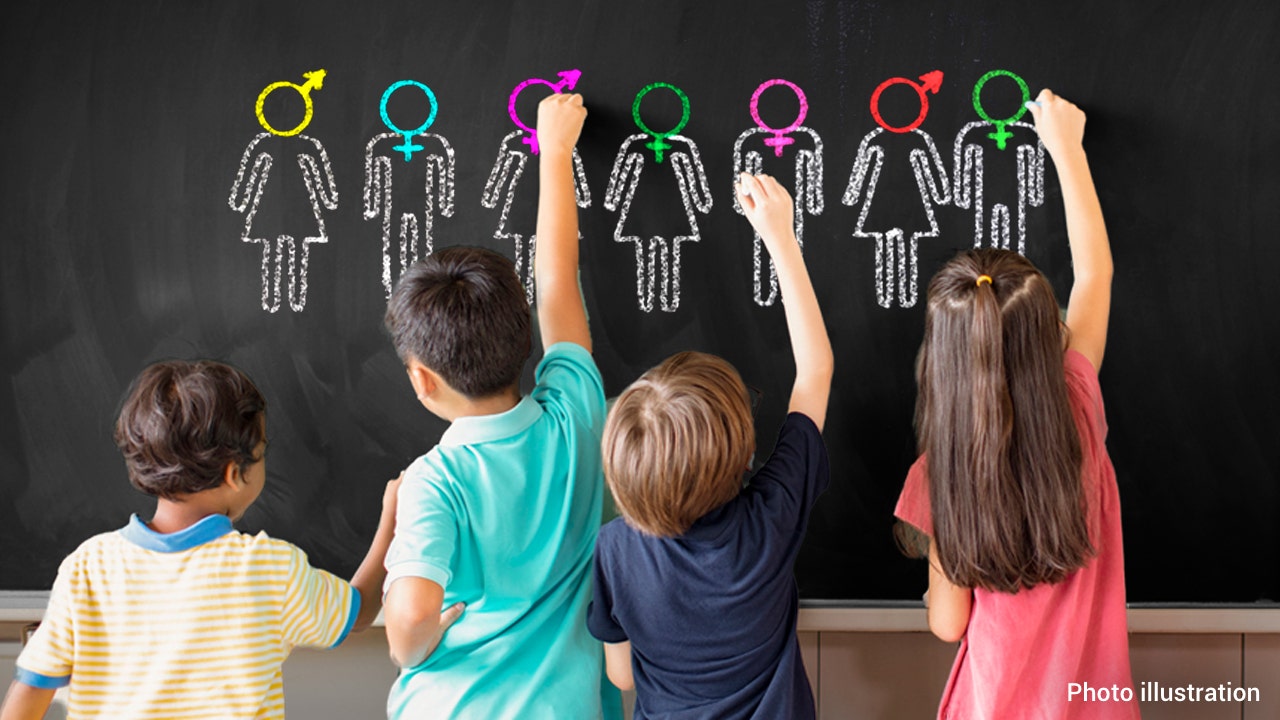I spent 20 years in the SEAL Teams and I am personally guilty of conducting, directing, and overseeing vast amounts of brutal training.
The training I led was advanced Unit Level Training that prepared SEALs for combat deployments in Iraq and Afghanistan.
It required the SEALs to hike long distances in 100+ degree temperatures in the desert.
SERVICE MEMBERS SOUND ALARM AGAINST ‘EXTREMELY WOKE’ MILITARY
Once at a simulated target, the SEALs would be engaged by Opposing Force (OPFOR) SEALs acting as enemy fighters.
The OPFOR would shoot the SEALs with paintballs. Explosions would be detonated in the vicinity of the SEALs to shock them.
Smoke grenades would be set off to cause confusion.
CS (tear gas) grenades would also be deployed to further incapacitate the SEALs.
Then we, the training cadre, would “kill” some of the SEALs—tell them they were “dead” and could no longer move.
Their SEAL buddies would have to pick them up and carry the “dead” men.

Jocko Willink in an undated photograph while serving in the U.S. military
Through harsh terrain. Up and down hills.
For miles.
While being attacked with paintball guns.
It was brutal.
And this was just one section of desert land warfare training.
Other sections of training involved assaulting complex targets with live bullets, real grenades, and actual rockets.

Retired Navy SEAL and author Jocko Willink
Once the desert phase of training was completed, the Unit Level Training continued in urban, mountain, jungle, and maritime environments.
All of this training took place while carrying the weight of body armor, weapons, ammunition, water, and other mission-specific gear.
The SEALs were always sleep deprived and dehydrated.
And the environment was always too hot or too cold or too wet or too dry.
Everyone got cuts, scrapes, and bruises.
Sprained ankles, strained knees, and injured backs and shoulders occurred with regularity.
Heat casualties were common.
Sometimes, in rare but tragic cases, SEALs died in training.
NAVY OPENS INVESTIGATION INTO SEAL CANDIDATE’S DEATH DURING ‘HELL WEEK’
SEAL have died in training from gunshots, explosions, drowning, falling, failed parachutes, vehicle accidents, medical anomalies, and other assorted causes representative of high-risk training.
While we did everything in our power to mitigate the risk of injury or death during the training, we did nothing to mitigate the suffering.
Part of the training was suffering.
Brutal suffering.
And yet all of that—all of that—was nothing compared to the challenges of combat.
Combat—the only reasons SEALs exist—was infinitely more brutal.

Retired Navy SEAL and author, Jocko Willink
In combat, diabolical and determined enemies armed with machine guns, mortars, rockets, Improvised Explosive Devices, and anything else they could imagine, did everything in their power to kill us and our fellow Americans.
And they succeeded all too often.
We witnessed the devastating effects of these enemy weapons—the mutilation of human flesh, the obliteration of human life.
The slaughter of our friends and brothers.
But we fought on.
We never gave up.
We did what we were supposed to do: our duty to our country and to our brothers in arms.
And we did not falter. Because we had been brutally trained.
So when I took over responsibility for training my fellow SEALs—I made sure it was brutal, just as SEAL training has always been.
But I did not make the training brutal because I was sadistic or heartless.
No. I made the training brutal because I cared about my fellow SEALs more than anything else in the world.
I wanted them to be ready; I wanted them to be eminently prepared, mentally and physically, for the most horrible of human endeavors: war.
CLICK HERE TO GET THE OPINION NEWSLETTER
I also wanted to test them—to make sure every individual SEAL in a platoon had the intrinsic fortitude to stand by their teammates, even when facing the most nightmarish conditions and the most brutal of environments.
I knew—and all SEALs know—that brutal training keeps our brothers alive on the battlefield.
That is who the SEAL Teams are.
Our training is historically based on the worst combat conditions imaginable: the beaches of Normandy, the hinterland of Korea, the jungles of Vietnam, the mountains of Afghanistan, and the urban warzones of Iraq.
SEALs go where no one else wants to go, to do what no one else wants to do.
And we do that over and over and over again.
Our existence is brutal.
War is brutal.
CLICK HERE TO GET THE FOX NEWS APP
Because of that—our training is brutal.
And it needs to stay that way.
 Iktodaypk Latest international news, sport and comment
Iktodaypk Latest international news, sport and comment






